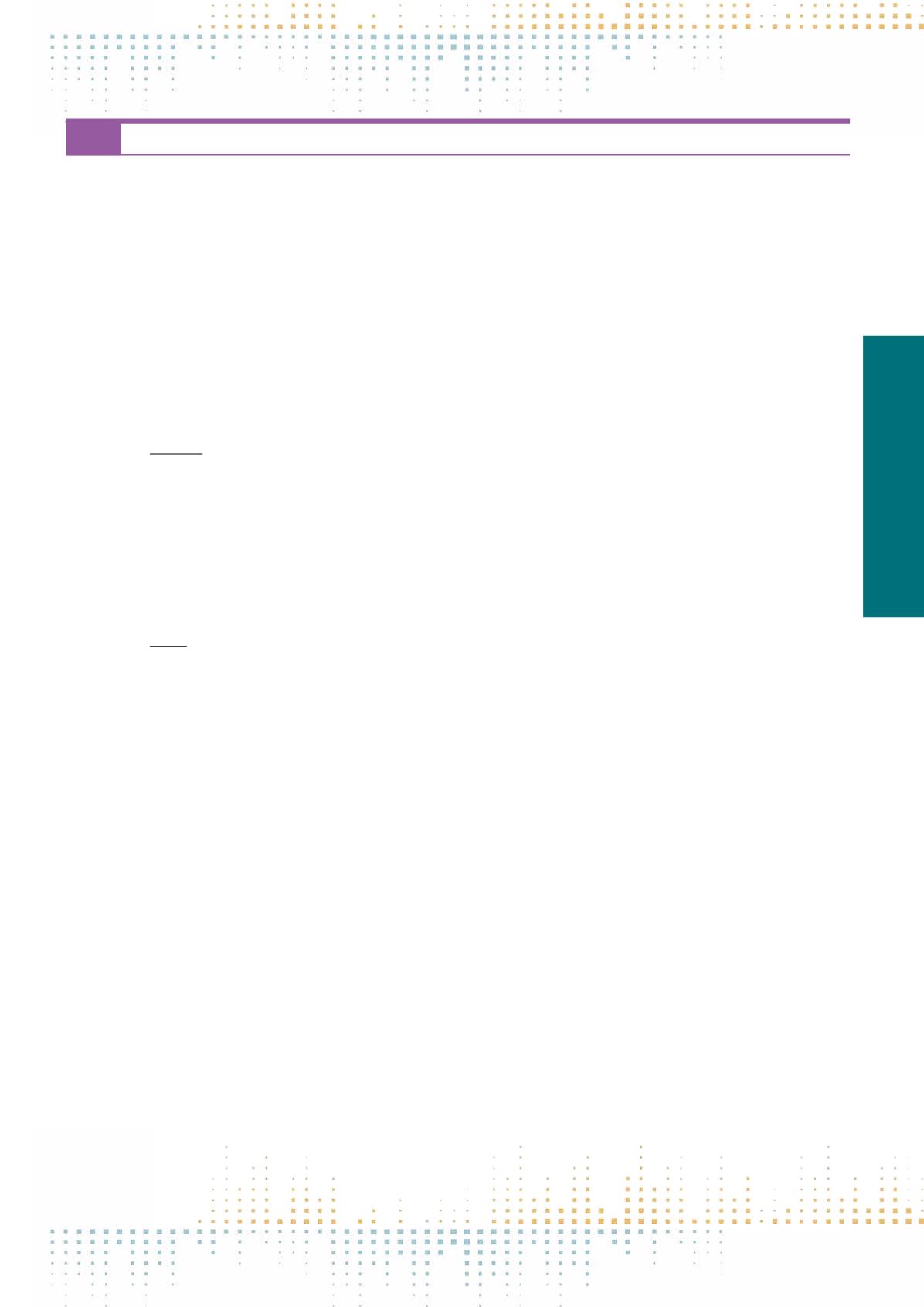

625
Thursday, November 10
1 4 : 3 0 – 1 6 : 0 0
MER02
Media, Religion and Conflict – Contemporary European Perspectives
J. Sumiala
1
1
University of Helsinki, Helsinki, Finland
In 2015 Charlie Hebbo attacks, the Paris attacks in November, the European refugee crisis, the war in Syria, public videos on the beheadings by Isis, and
the rise of the right wing nationalist and fascist populism in several European countries, have made massive headlines and caused heated political, cul‑
tural and religious debates in the European public sphere. In this current condition of polarized worldviews, ideologies and political pragmatism the role
of the mainstream news media as well as the social media has become increasingly relevant in constituting and maintaining discourses around those con‑
flicted debates. This panel aims at shedding light on the complex relationship between media, religion and conflict in the contemporary European context.
First, the panel addresses the relationship between media, religion and conflict by analyzing this relationship against such heated topics as secularization,
sacralization, laïcité principal, atheism, blasphemy, fundamentalism, multiculturalism, racism, and freedom of expression, all typically associated with
media representation of religion(s) today. Second, the panelists are invited to reflect those analyses against the present day media and communication
scholarship. What kind of theoretical and analytical tools this particular research field has to offer for the analysis of the interplay between media, religion
and conflict. What are its blind spots and what are we missing in the analysis? How this research field should be developed to have more intellectual rele‑
vance in interpreting the polarized and contested condition in the present day Europe.
PN 118
The Politics of Prejudice in Contemporary Britain
A. Sreberny
1
1
SOAS University, London, United Kingdom
It is sadly evident that both Islamophobia and anti-Semitism are growing in intensity across Europe, including in Britain. Both kinds of prejudice are readily
understood under the rubric of“cultural racism”whereby these large religio-cultural categories function as lazy stereoptypes. But what is also increasingly
evident is that these prejudices become symbols of internal political conflict, in which the minority groups themselves rarely get to speak.The paper will ad‑
dress the debates around both within British domestic party politics as accusations flew before the London mayoral election and the referendum on Britain’s
role in the EU. It argues that the main protagonists on mainstream media were politicians and pundits, enacting a performance of concern for the ‘other’,
while the minority voices of Muslims and Jews themselves had to make do with social media to argue alternative positions, often in unison.
PN 119
Palimpsests of Postracialism: Cartoons and Images in Transnational Media Space
G. Titley
1
1
Maynooth University, Maynooth, Ireland
Speaking in advance of the publication of the first edition of Charlie Hebdo since the attacks of January 7
th
2015, the cartoonist Renald Luzier – ‘Luz’– re‑
marked that ‘This current symbolic weight is everything Charlie has always worked against: destroying symbols, knocking down taboos, setting fantasies
straight’. Freighted with misunderstandings, the burden of symbolic weight compressed Charlie Hebdo into a singularity, one that could, inter alia, be made
to stand for things that it was not (but also was and is). Luz’s notion invites an examination of how and why the aftermath of events in Paris produced Charlie
Hebdo as a mediating object for a knot of political tensions and interpretative conflicts in a postcolonial Europe and a divided world. This talk focuses on one
dimension of this aftermath; the vexed and fractious transnational debates as to whether the circulating cartoons from past editions of Charlie Hebdo were
racist or not. It is not my intention to answer this question, for the argument is that it makes little sense - as many did in the aftermath – to seek to designate
Charlie Hebdo as categorically racist or anti-racist, resolutely of the Left or secretly of the Right. Rather, we must begin from an analysis of the significance
of its approach in the confused and polarized terrain of Left anti-racism in societies where anti-Muslim racism has become systemic. And from that, we
can use a mapping of these tensions to think about the question of ‘postracialism’ in Europe: that is, the ways in which populations become defined as
a problem for surveillance, correction, exclusion – racialized – in contexts of state and public commitments to official anti-racism, and public confusion as to
what, in this historical conjuncture, racism is comprised of and involved, particularly in relation to questions of religious identity. Further, under conditions
of intensely networked digital media cultures, the circulation of images, issues, events that instigate debate and conflict as to what constitutes racism are
increasing, and this is of interest to Media Studies examinations of political voice and networked communication.



















